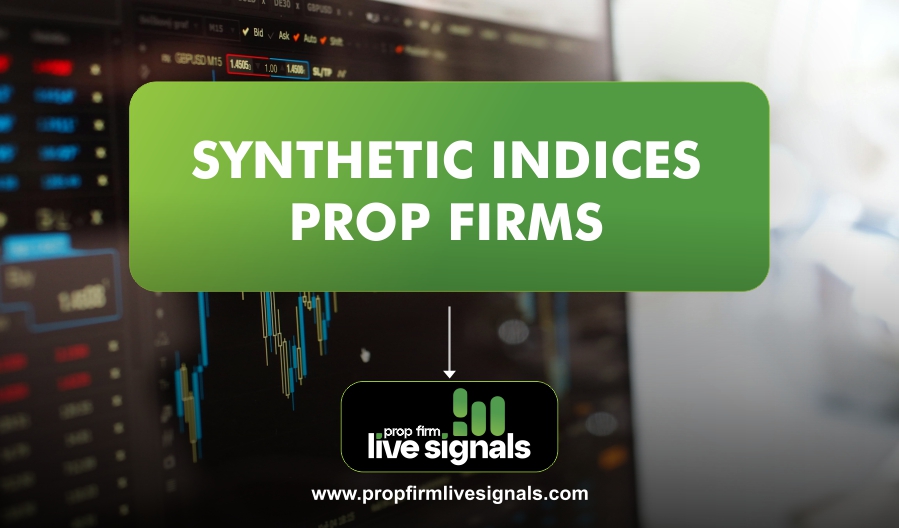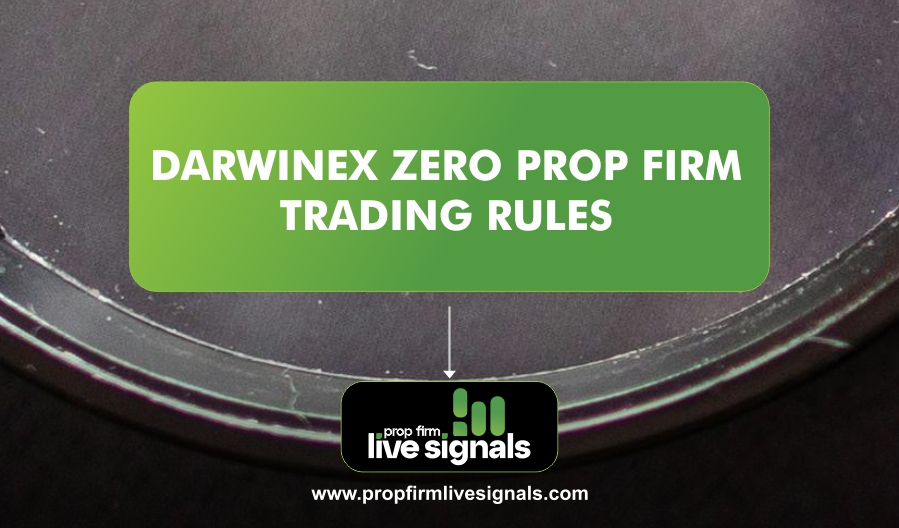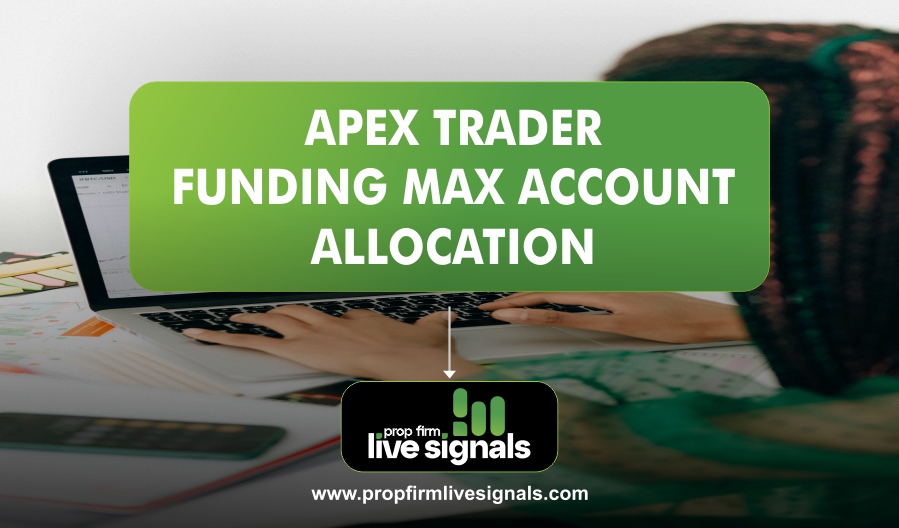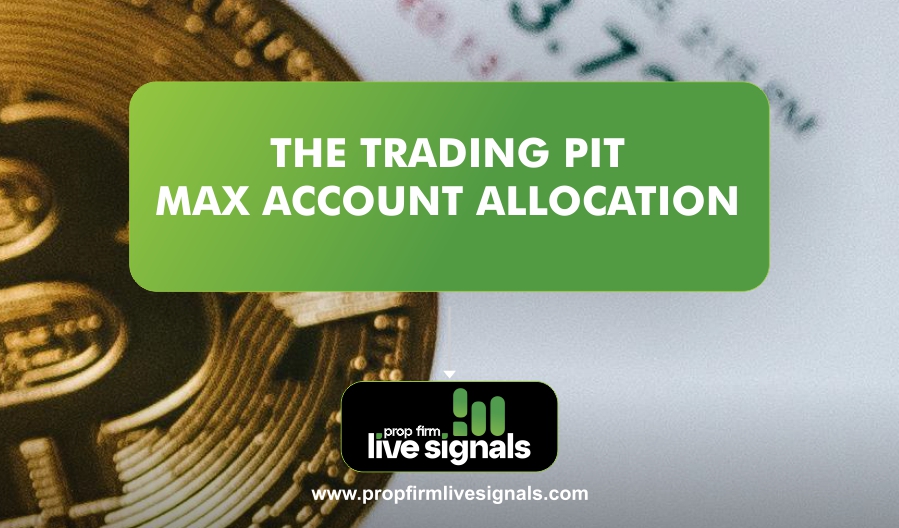These indices are typically provided by brokers specializing in synthetic markets and operate 24/7, allowing traders to enter and exit positions at any time. Since synthetic indices are computer-generated, they offer transparency, with market movements driven solely by mathematical calculations instead of external factors.
How Do They Differ from Traditional Financial Indices?
The key differences between synthetic indices and traditional financial indices include:
- Market Influence
Synthetic Indices: Prices are determined by algorithms and random number generation, meaning they are not influenced by real-world events.
Traditional Indices: Reflect the performance of a group of stocks (e.g., S&P 500, Dow Jones) and are affected by economic news, corporate earnings, and geopolitical events.
- Trading Hours
Synthetic Indices: Available for trading 24/7, including weekends and public holidays.
Traditional Indices: Follow stock market hours and are usually closed on weekends.
- Market Manipulation
Synthetic Indices: Designed to be resistant to manipulation since they do not rely on human-driven events.
Traditional Indices: Can be influenced by major investors, institutions, and unexpected news.
- Analysis Methods
Synthetic Indices: Require a technical analysis approach since no fundamental data is available.
Traditional Indices: Can be analyzed using both technical and fundamental analysis (earnings reports, economic indicators, etc.).
Why Are Synthetic Indices Gaining Popularity Among Traders?
Several factors contribute to the growing popularity of synthetic indices:
- 24/7 Availability
Traders can access synthetic indices anytime, making them a flexible option for those who want to trade outside regular market hours. - Consistent Market Behavior
Since they follow pre-set volatility patterns, traders can develop strategies based purely on technical analysis without worrying about sudden market shocks caused by news events. - No Slippage or Liquidity Issues
Unlike traditional markets where liquidity can be an issue, synthetic indices operate in a controlled environment, ensuring smooth execution of trades. - Diverse Trading Opportunities
Synthetic indices often include various volatility levels, such as low-, medium-, and high-volatility indices, allowing traders to choose instruments that match their risk appetite. - Lower Entry Barriers
Many brokers offer synthetic indices with lower capital requirements, making them accessible to both beginner and experienced traders.
Advantages of Trading Synthetic Indices
Synthetic indices have gained popularity among traders due to their unique characteristics and benefits. Here are some key advantages of trading synthetic indices:
1. 24/7 Availability
One of the biggest advantages of synthetic indices is that they can be traded at any time, including weekends and public holidays. Unlike traditional markets that have fixed trading hours, synthetic indices offer flexibility, allowing traders to execute their strategies whenever it suits them.
2. No Impact from Economic News or Market Events
Since synthetic indices are generated using algorithms, they are not affected by global economic news, corporate earnings, interest rate decisions, or geopolitical events. This eliminates unpredictable market gaps and sudden volatility caused by external factors, making market behavior more stable.
3. Transparency and Predictability
Synthetic indices operate on predefined mathematical models, ensuring fair market movements. Unlike real-world markets, where price manipulation by institutions or large investors can occur, synthetic indices offer a more transparent and controlled environment. Traders can analyze historical data and patterns more effectively.
4. Wide Range of Volatility Levels
Traders can choose from different types of synthetic indices, such as low-volatility, medium-volatility, and high-volatility indices. This allows traders to match their risk tolerance and trading style with the appropriate index.
- Low-volatility indices are suitable for conservative traders who prefer steady price movements.
- High-volatility indices attract traders looking for bigger price swings and higher profit opportunities.
5. No Slippage or Liquidity Issues
In traditional financial markets, liquidity problems can lead to slippage, where trades execute at a worse price than expected. Since synthetic indices operate in a simulated environment, there is no liquidity constraint, ensuring smooth trade execution at the exact intended price.
6. Ideal for Technical Analysis
Since synthetic indices follow structured price behavior, they respond well to technical analysis strategies. Traders can rely on trend lines, support and resistance levels, and indicators like moving averages, RSI, and Bollinger Bands to make informed trading decisions.
7.Fair Trading Conditions
Because synthetic indices are designed to be free from market manipulation, traders can expect fair and consistent conditions. There are no sudden price spikes caused by institutional trading or unexpected news releases, making them suitable for both beginners and experienced traders.
8. High Profit Potential
The volatility of synthetic indices can create opportunities for traders to capitalize on price movements. Those who understand risk management and technical strategies can take advantage of this market structure to maximize their trading gains.
Risks Involved in Trading Synthetic Indices
While synthetic indices offer several advantages, they also come with significant risks that traders need to understand. These risks can impact profitability and affect a trader’s overall experience in the market. Below are some of the major risks associated with trading synthetic indices:
1. High Volatility and Potential for Large Losses
Synthetic indices often exhibit high volatility, meaning price movements can be rapid and unpredictable. While volatility creates profit opportunities, it also increases the risk of significant losses, especially for traders who do not implement proper risk management strategies.
Solution: Always use stop-loss orders, avoid overleveraging, and trade with a well-defined strategy.
2. Lack of Fundamental Analysis Tools
Unlike traditional financial markets where traders can use fundamental analysis (e.g., economic news, corporate earnings, interest rates) to predict price movements, synthetic indices do not rely on real-world events. This means traders must solely depend on technical analysis, which may not always guarantee accuracy.
Solution: Improve technical analysis skills and use historical data to identify patterns and trends.
3. Emotional Trading and Psychological Pressure
Since synthetic indices are available 24/7, traders may develop unhealthy trading habits, such as overtrading or revenge trading after losses. The lack of external market breaks can also lead to emotional fatigue, increasing the chances of making impulsive decisions.
Solution: Set trading limits, take breaks, and follow a disciplined approach to trading.
4. High Leverage Risks
Many brokers offer high leverage on synthetic indices, which can amplify both profits and losses. While leverage allows traders to control large positions with small capital, it also increases exposure to risk, leading to potential account wipeouts if the market moves against them.
Solution: Use leverage cautiously and avoid overexposing your trading account. Risk only a small percentage of your capital per trade.
5. Market Dependence on Broker Algorithms
Brokers create and control synthetic indices, so traders must rely on the broker’s pricing algorithm and trust its fairness. Some brokers may not provide enough transparency about how they generate prices, raising concerns about market manipulation.
Solution: Choose a reputable broker with transparent policies and audited algorithms to ensure fairness.
6. Limited Market Availability
Unlike forex or stock markets, which have multiple liquidity providers and exchanges, synthetic indices are limited to specific brokers that offer them. This means traders have fewer options for comparison and may have to rely on a single platform’s pricing and execution quality.
Solution: Conduct research before selecting a broker, ensuring they have a good track record, fair execution, and reliable trading conditions.
7. Risk of Addiction and Overtrading
Because synthetic indices operate 24/7 and are designed with structured volatility, some traders may find themselves trading excessively in hopes of making quick profits. This can lead to addiction, poor decision-making, and financial losses.
Solution: Set a daily or weekly trading schedule, define profit/loss limits, and maintain a balanced approach to trading.
Choosing the Right Prop Firm for Synthetic Indices
Proprietary trading firms (prop firms) provide traders with funded accounts, allowing them to trade synthetic indices and other financial instruments without risking their own capital. However, There are no prop firms that offer synthetic indices for now, but knowing the key factors to consider when selecting a prop firm for synthetic indices trading is necessary.
1. Availability of Synthetic Indices
Not all prop firms support synthetic indices. Most focus on forex, stocks, and commodities. Before signing up, check if the firm specifically offers synthetic indices as part of their trading instruments.
2. Prop Firm Reputation and Credibility
Since synthetic indices are controlled by brokers and not traditional exchanges, it’s important to choose a prop firm with a solid reputation. Some firms may have unfavorable trading conditions or questionable withdrawal policies.
3. Evaluation Process and Challenges
Most prop firms require traders to pass an evaluation or challenge to qualify for a funded account. These challenges often involve achieving a specific profit target while following strict risk management rules.
4. Trading Conditions and Leverage
Trading conditions can significantly impact profitability. Check for:
- Leverage options: Does the firm offer reasonable leverage on synthetic indices?
- Spreads and commissions: Are they fair compared to direct broker trading?
- Execution speed and slippage: Delays can impact trading performance, especially in fast-moving markets.
5. Profit Sharing and Payout Policy
Different prop firms have different payout structures. Some allow traders to keep 70-90% of their profits, while others may take a larger cut.
6. Risk Management Rules
Prop firms enforce strict risk management rules to protect their capital. Be sure to check:
- Daily drawdown limits: The maximum percentage you can lose in a day.
- Overall drawdown limits: The total loss limit before the account is revoked.
- Position sizing rules: Restrictions on lot sizes or maximum exposure.
7. Customer Support and Community Engagement
Good customer support can make a huge difference in your trading experience. Check if the firm has:
- A responsive support team (live chat, email, phone)
- A trader community (Discord, Telegram, or forums) where you can discuss strategies and get support
- Educational resources to help you improve your trading skills
Conclusion
Synthetic indices prop firms represent a compelling opportunity for traders seeking to capitalize on the unique attributes of synthetic markets while leveraging the financial backing and risk management frameworks provided by proprietary trading firms. These platforms combine the round-the-clock accessibility and consistent market behavior of synthetic indices with the support structures of established prop firms, allowing traders to engage with instruments that operate independently of real-world events. However, success in this arena requires diligent research into a firm’s reputation, trading conditions, evaluation processes, and profit-sharing policies. By choosing a prop firm that aligns with their trading style and risk tolerance, traders can enhance their potential for profit while managing the inherent risks of synthetic index trading. Ultimately, synthetic indices prop firms offer a pathway to professional trading, provided that traders remain disciplined, informed, and strategic in their approach.
Frequently Asked Questions (FAQs)
What is a Synthetic Indices Prop Firm?
A synthetic indices prop firm is a proprietary trading firm that provides traders with funded accounts to trade synthetic indices. These firms allow traders to access larger capital in exchange for a profit-sharing agreement.
How Do Synthetic Indices Prop Firms Work?
Traders typically go through an evaluation process (challenge) where they must meet specific profit targets while following risk management rules. Upon passing, they receive a funded account and can trade synthetic indices with the firm’s capital. The firm splits profits based on its payout structure.
Do All Prop Firms Support Synthetic Indices?
No, most prop firms focus on forex, stocks, and commodities. It’s important to check if the firm specifically offers synthetic indices before signing up.
Are There Any Fees Involved in Joining a Prop Firm?
Yes, most firms charge a challenge fee for the evaluation process. Some may also have additional costs for data feeds, platform access, or withdrawals. Always check for hidden fees before committing.
How Are Profits Shared Between Traders and Prop Firms?
Profit-sharing structures vary, but most firms offer traders 70%–90% of their profits while keeping a small percentage as their share. Some firms offer 100% profit retention for the first month.




